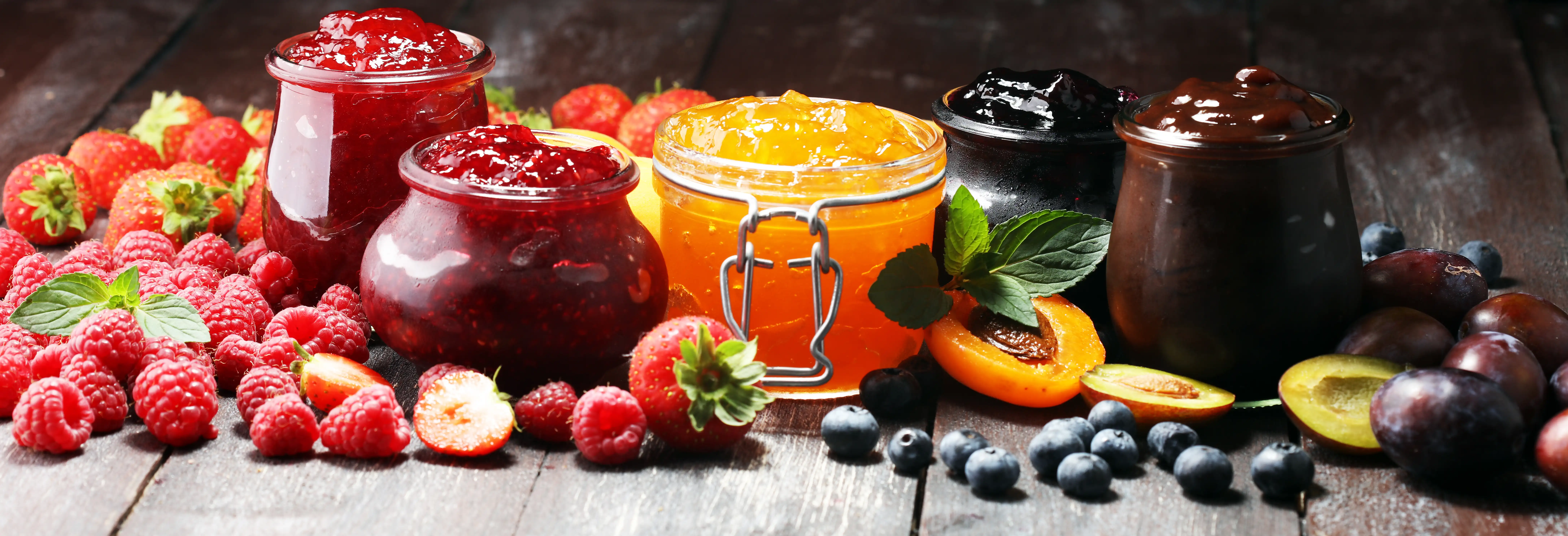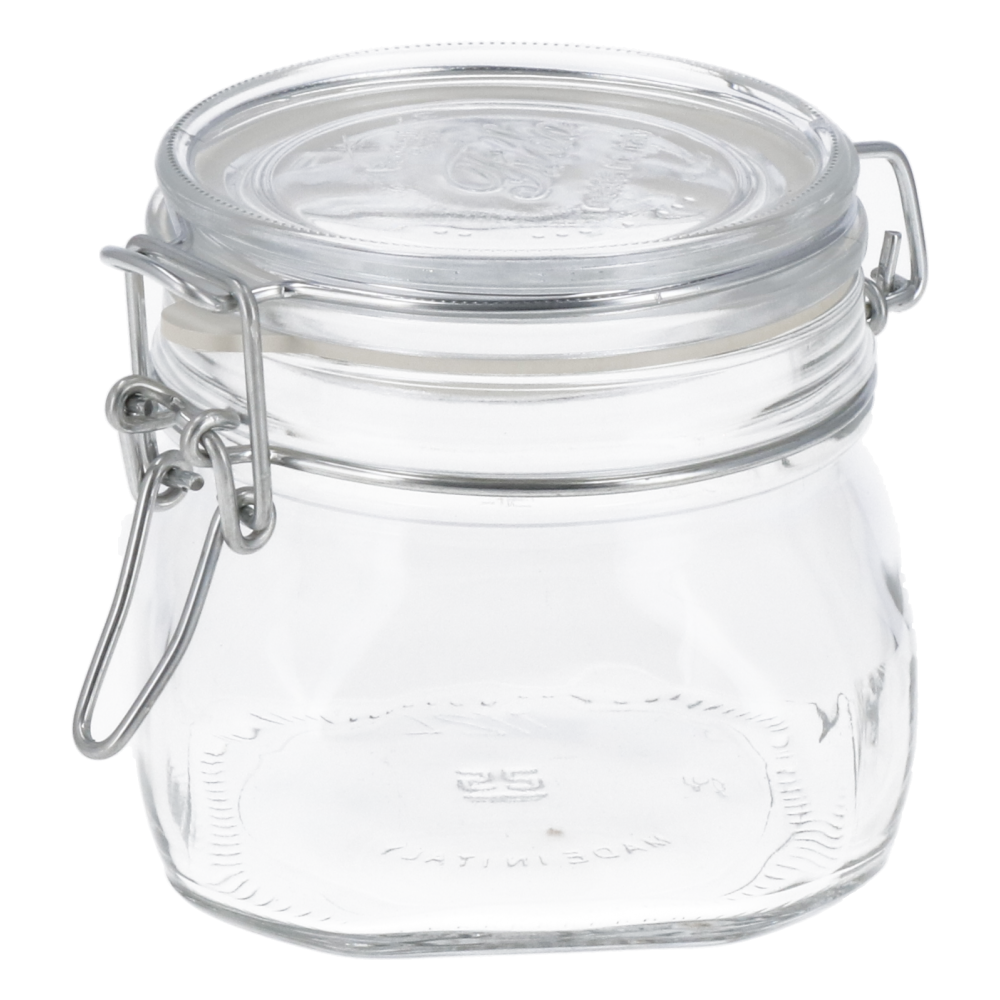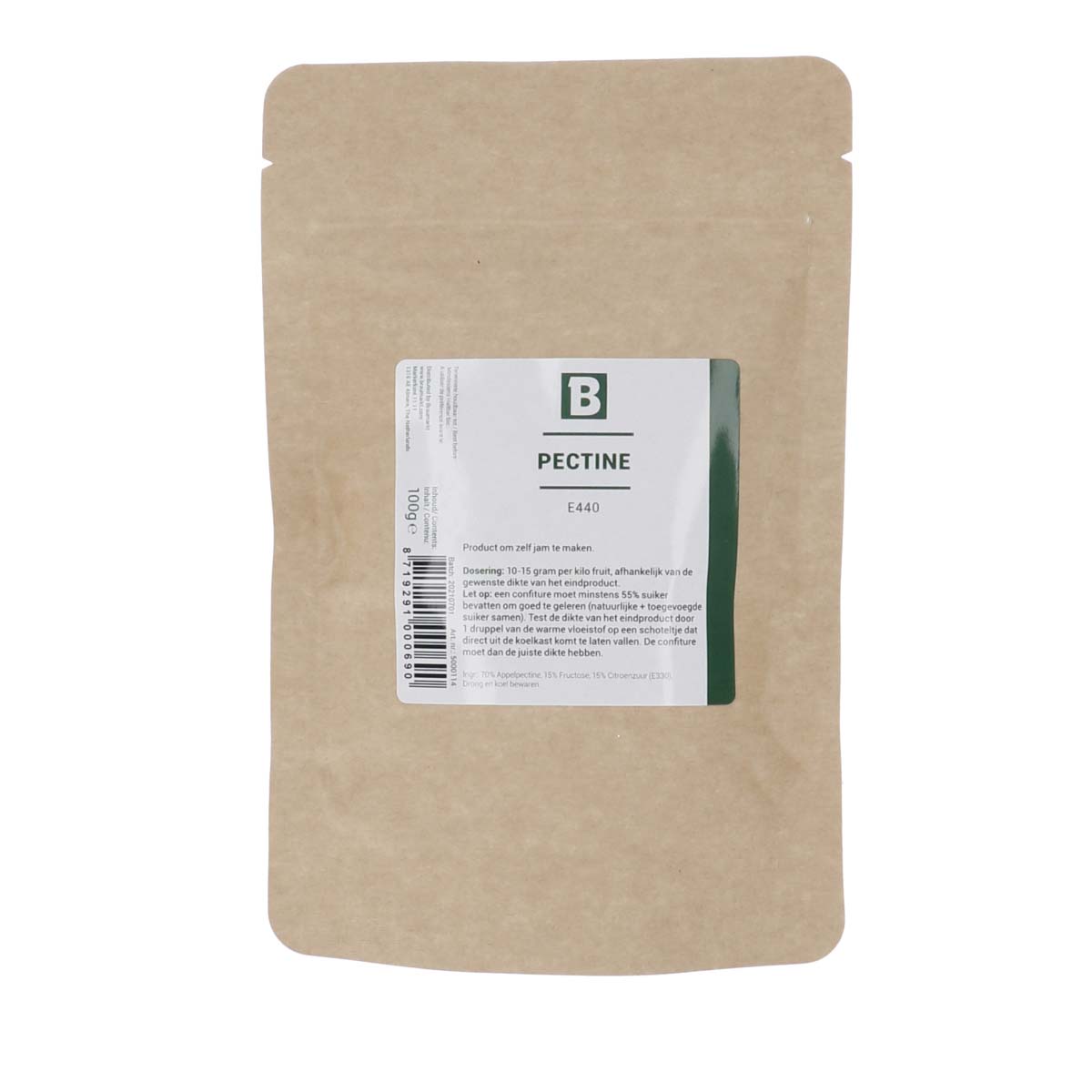
Tips and Tricks for Making Delicious Homemade Jam
Summer is the time to harvest many tasty fruits. And if you have too many cherries, strawberries or plums in the garden, you can use the simplest means to cook up the surplus into the best jam, which outshines anything you can buy in the supermarket.
In this Braumarkt blog post, we'll give you tips to make your jam the best.
But first we need to understand why pectin is such an important ingredient in jam making.
Why do you need pectin?
Pectin is a natural substance found in fruits and is responsible for gelling jams. When you cook fruit, it releases pectin, which combines with sugar and acid to thicken the jam. Some fruits, such as apples and citrus fruits, naturally contain a lot of pectin and can easily result in jams with a good consistency. Other fruits, such as strawberries and peaches, contain less pectin and therefore often need extra pectin to achieve the desired consistency.
You can find pectin in our shop. But don't confuse it with pecto enzymes (or pectinase), because it does the opposite and is essential in wine making, for example.
The best tips for making jam:
Choose ripe and high-quality fruit: The taste of your jam depends on the quality of the fruit you use. Use ripe fruit to achieve a more intense flavour and natural sweetness. If possible, prefer organic fruit to avoid pesticides or other chemicals.
The right balance of sweetness and acidity: jams should be both sweet and tart to ensure a balanced flavour profile. Experiment with different types of sugar and add lemon juice or other acids to enhance the flavour of your jam.
Use pectin correctly: If you use fruits with a natural source of pectin (e.g. apples), you may not need additional pectin. Otherwise, you can use pectin from our shop. Follow the dosage instructions on the packaging and cook it with the fruit at the right time to achieve optimal gelation.
Never do without the stirring rod: When cooking the jam, it can easily burn, which affects the taste. Stir the jam constantly while cooking, especially towards the end of the cooking process to prevent burning. Of course, you can also use a mash paddle for this.
Proper storage: Careful storage is essential to preserve the freshness and quality of your homemade jams. Sterilise the jars before bottling the jam to kill germs. Make sure the jars are tightly sealed and store them in a cool, dark place. Once opened, the jam should be stored in the fridge and used within a few weeks.
Experiment with different fruits, spices and even alcohol (for adult jams) and let your creativity run wild.
Omni-Jam recipe
Ingredients:
- 1 kg ripe fruit (e.g. strawberries, raspberries, peaches, mixed berries, apricots).
- 500 g sugar (can be adjusted according to the sweetness of the fruit)
- Juice of one lemon (approx. 2 tbsp.)
- 1 bag (approx. 30 g) jelling sugar 2:1 (optional, if the fruits do not contain much pectin)
Instructions:
Prepare the fruit: Wash the fruit thoroughly and remove stems, seeds or stones, depending on the type of fruit. Cut larger fruits into smaller pieces so they cook evenly.
Cook the fruit: Place the prepared fruit in a large pot and cook over medium heat. If you are using fresh fruit, a dash of water will help keep it juicy while cooking. If you are using frozen fruit, there is usually no need to cook it with extra water as it will release juice as it thaws. Cook the fruits for about 5-10 minutes or until they are soft and easily mashed.
Add the sugar: Add the sugar and stir well. Let the fruit and sugar simmer for another 5 minutes so that the sugar dissolves and the fruit releases its juice.
Add pectin (optional): If your fruit doesn't contain much pectin and you want a firm jelly, you can add the 2:1 jelly sugar. Mix the sachet of preserving sugar with a little sugar according to the manufacturer's instructions and then stir it into the boiling fruit.
Jelly test: To check whether the jam has reached the desired consistency, you can make a jelly test. Take a small plate and put a teaspoon of hot jam on it. Let it cool for a few seconds. If it sets easily and does not run, the jam is ready. If not, cook the jam for a few more minutes and repeat the jelly test.
Bottle: As soon as the jam has reached the desired consistency, take the pot off the cooker. Pour the hot jam carefully into previously sterilised jars and immediately close them tightly with the lids. Turn the jars upside down for a few minutes to seal them airtight.
Cool and store: Let the jam cool completely in the jars. Then store it in a cool, dark place. The jam will usually keep for several weeks in the refrigerator.



